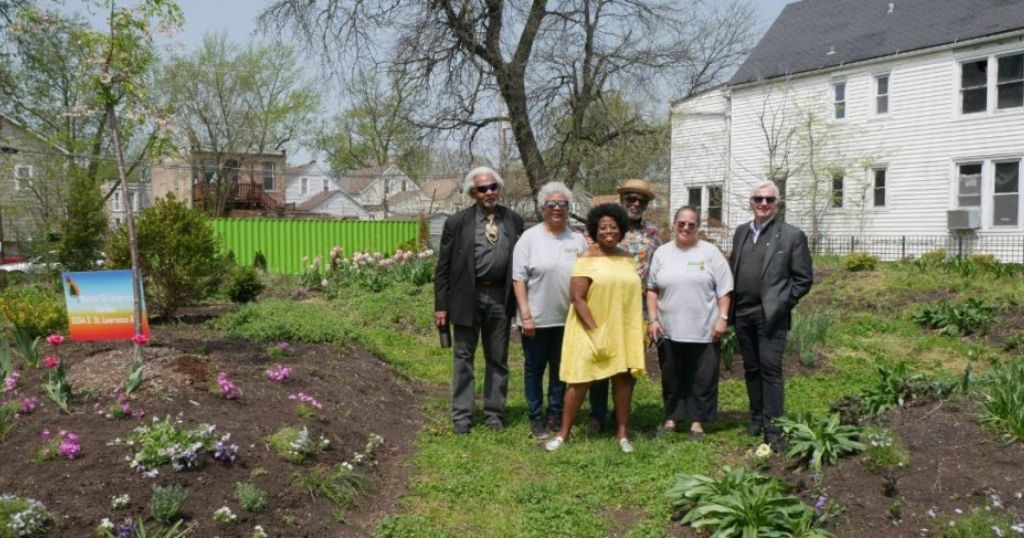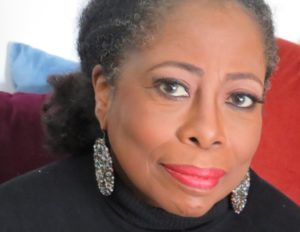
The fight for justice and equity comes in all shapes, sizes, and colors, and for Chicago environmentalist and activist Naomi Davis, that color is green.
As founder and chief executive of Blacks in Green (BIG), the city’s most visible Black-led environmental justice and sustainability organization, Davis has championed a 30-year crusade to ensure African Americans are represented in the green economy. In 2019 she opened the Green Living Room, 6431 S. Cottage Grove, to serve as both the group’s headquarters and a community hub.
For nearly two decades, BIG has championed energy efficiency, green jobs, and sustainability in Chicago’s African American neighborhoods. In September 2021, the organization helped pass the Climate and Equitable Jobs Act.
Davis says her eight-point system for “Green Village Building” is a problem-solving metric that can be applied to Black communities throughout the country. For her and other activists, Black environmentalism extends beyond the touchstones of tree planting, recycling efforts, and residential, energy consumption, and conservation.
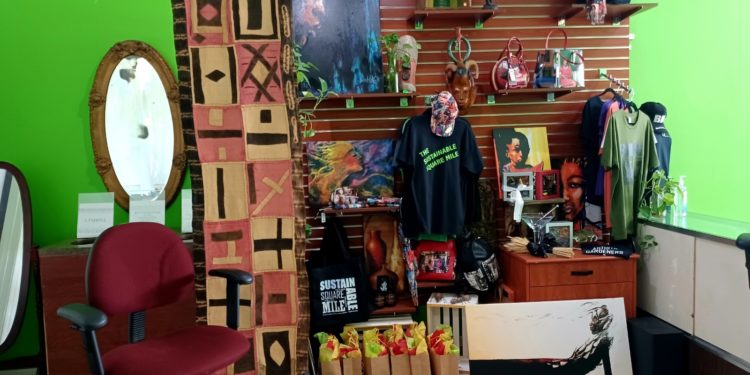
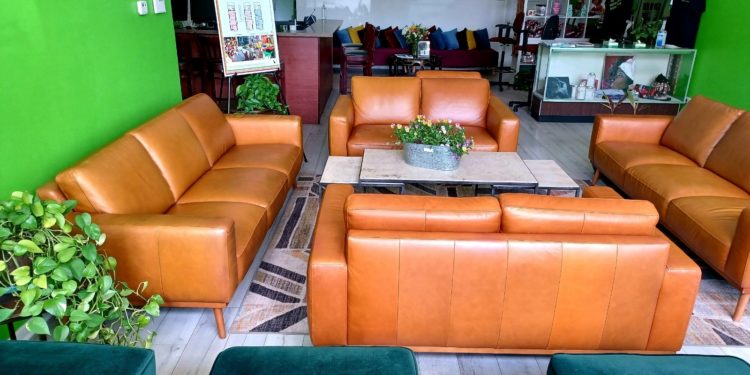
“Only a whole-system solution can transform the whole-system problem common to Black communities everywhere,” she explained. “Our goal is to use the new green economy as a way to increase health and wealth in our Black communities and build a buffer of resilience around the coming climate crisis, which of course, hits Black communities, and brown communities.”
The U.S. “green economy” has been estimated to be between $1.3 trillion and $4.3 trillion by independent and public projections. The low carbon, resource-efficient, socially inclusive macro-economic program would provide employment for 9.5 million people.
According to the U.S. Bureau of Labor Statistics, Blacks are 12 percent of the country’s 164.5 million labor force. In contrast, African Americans trail more than four-to-10 points behind all other minority groups participating in the green economy, according to the Solar Foundation.
This means few Blacks were able to take advantage of President Joe Biden’s $150 billion green infusions via the 2021 infrastructure bill that opened additional pathways for the renewable energy sector to collaborate with tech.
In Illinois, private sector investment in Illinois’ renewable energy industry totaled $5 billion from 2017-2020. The state invested $140 million of funding for renewable energy projects. The green economy in Illinois currently includes 31,000 workers, with green employment demand expected to grow another 6.5 percent over the next five years, faster than the national projection of 5.7 percent.
“We can’t outrun or hide from climate change – not to the north, where the Boundary Waters burn; not to the south, where Ida swallows lives and livelihoods in the blink of an eye,” said Governor JB Pritzker after the passage of the Climate and Equitable Jobs Act. “There is no time to lose. Illinois is taking action in the fight to stop and even reverse the damage that’s been done to our climate.
“With economic growth and jobs woven into its fabric, this new law is the most significant step Illinois has taken in a generation toward a reliable, renewable, affordable and clean energy future in a generation,” the governor said.
The Act moves Illinois toward 100 percent clean energy by 2050; makes changes to the Illinois Power Agency (IPA) Act to double the state’s investment in renewable energy; put the state on a path to 40 percent renewable energy by 2030 and 50 percent by 2040; and ensures that all utility-scale wind and solar projects are built with project labor agreements and that prevailing wages are paid on all non-residential wind and solar projects.
The legislation also created a clean energy contractor incubator campaign to provide access to low-cost capital and financial support for small clean energy businesses and contractors, and a jobs and environmental justice grant program to provide upfront and seed capital to support community ownership and development of renewable energy projects.
In Chicago, the FY2022 budget included the single largest environmental investment in the city’s history, investing nearly $200 million in climate mitigation and environmental justice projects.
Davis’ “Eight Principles of Green Village Building” calls for micro-savings/and lending programs, local energy production and transportation; recycling; creating affordable green homes and gardens; community organizing; green education and training; and the creation of green jobs and businesses that invent, invest, manufacture and merchandise locally.
“We have always had to fight for our participation and inclusion,” Davis said. “(It is ironic) because we were the first environmentalists. We are the original people on the planet Earth. We understand the forces of nature. We understand living inside of nature and we understand ourselves as a part of that whole in our African traditions.
“Those (traditions) are what we brought with us when we were kidnapped,” she continued. “We of course cultivated at grand scale as captive people, the farming traditions, the healing traditions, (and) the spiritual traditions that we could not and would not be separated from. Our environmentalism is rooted in who we are.”
A part of Governor JB Pritzker’s 2018 transition team, Davis said it was important that Blacks be present and visible in the green conversations. “There were too many white environmentalists running around talking about why are Black people sitting on the sidelines,” Davis told the Crusader. “I was like, ‘hello, you know, first of all, you don’t get to define what the environment is,’ and in no way will we allow them to define us out of it.”
For many, climate injustice is rooted in racial injustice. Public policy determines whose issues are taken seriously, who to protect and who or which segments of the population will receive resources and relief. Davis’ sentiments are not alone. According to New York University (NYU) researcher Naomi Thompkins there is a stark contrast between Black environmentalism and its white counterpart, which is traditionally supported by middle-class and higher-income Caucasians.
“These environmentalists were called hippies and tree huggers. Hippies were a part of the growing counterculture in the 1970s. Hippies would speak, act, and dress differently than standard youth. They usually were not taken seriously, so their attachment to the environmentalist movement turned it into a trend for the upper to middle-class whites,” Thompkins wrote in “Black Environmentalism” at NYU.
“White environmentalists who led the environmental movement neglected to advocate for racially charged environmental issues because it didn’t directly affect their health and everyday life,” she said.
“ …Our environment is the conditions of where we live and our connection to that space, while environmentalism is the protection of those conditions. So, even when operating in the same city or town, white Americans and Black Americans will always be in different environments. White environmentalists, for the most part, already feel protected in the United States because the U.S. is a white environment.
“Black environmentalism looks different from mainstream white environmentalism because Black Americans are advocating for rights white environmentalists already have. White environmentalists fight for animal rights, while Black Americans are still struggling to get human rights,” she explained.
Given the impact of racist policies and economic instability throughout Black America, it should be no surprise that communities of color disproportionately bear the brunt of pollution and environmental degradation. Environmental advocates say these problems threaten public health and therefore believe Chicago is in need of serious reform.
Just one month into the pandemic, in April 2020, Little Village residents were hit with a foreboding, black cloud of toxic fumes from the demolition of the former Crawford coal plant. Kim Wasserman of the Little Village Environmental Justice Organization told reporters, “This disaster is the result of a corrupt system. … This isn’t a bad apple problem. Community harm is stemming from a broken, corrupt racist system.”
Southeast siders complained that Southside Recycling, formally known as General Iron, had been given a green light to relocate its operations from the predominantly white and affluent community of Lincoln Park to the 10th ward, composed of mostly working-class, Black and Hispanic residents.
This June, a group of activists on the Southwest side revealed that underpasses beneath the CSX Transportation-owned rail tracks that run along Central Park Avenue from 63rd to 67th streets are contaminated with peeling lead paint, and pose a public health threat.
In the mid-1990s, civil rights icon Reverend Jesse Jackson led a delegation of Black-owned truckers to remove a monstrous landfill in North Lawndale that had been called “the mountain” by area residents. This reporter walked toward the dump as part of a coalition and was immediately hit with a putrid smell, followed by watering eyes, nasal congestion and a headache.
At its peak, the dump expanded 13 football fields and rose six stories high. The toxic mound had been created over time by politically-connected city contractors who brokered their trash for $10 per load. One dump truck could carry in upwards of 24 tons of debris. Rats, flying insects and respiratory illnesses plagued nearby residents, and children were often spotted playing in the heap.
On the city’s far South Side, the “mother of Environmental Justice” Hazel M. Johnson led Altgeld Gardens residents into a years-long battle to stop the flow of toxic waste water and fumes that at times make the neighborhood smell like a septic tank. The ‘Gardens’ as it is called by locals, was built in 1945 on toxic lands with hazardous materials, as a place to shelter returning Black World War II veterans and their families.
In the late 1970s, Johnson created People for Community Recovery and organized residents in the nearby neighborhoods of Hegewisch, Pullman and Calumet City. She then launched a multifaceted crusade to expose the area’s cancer cluster and hold officials accountable for the public health crisis that impacted her and her neighbors.
““Every day, I complain, protest, and object. But it takes such vigilance and activism to keep legislators on their toes and government accountable to the people on environmental issues. I’ve been thrown in jail twice for getting in the way of big business. But I don’t regret anything I’ve ever done, and I don’t think I’ll ever stop as long as I’m breathing,” Johnson said in 1995. She died in 2011.
In 2015 in the South Deering neighborhood, residents were plagued with a 170-foot high hill of garbage that began as a 47.5-acre landfill full of waste from old steel mills. State officials covered the heap in grass and, according to an Illinois Environmental Protection Agency (EPA) report, “pumped 2.5 million gallons of contaminated liquid out of the mound to expedite its cleanup.”
The city’s ongoing history and legacy with pollution caused by steel and chemical manufacturing is also a priority of the current mayor.
“Chicago’s city government has an absolute responsibility to take the lead on protecting city residents from environmental harms,” said Mayor Lori E. Lightfoot, as the opening in her “Plan for a Cleaner Environment,” released this past April.
“The city must resume the leadership it lost when Mayor Emanuel disbanded the Department of Environment in 2011. The ramifications of this decision are evident. Polluting industries operate without adequate oversight and increasingly locate their operations in minority communities on the west and south sides.”
Lightfoot’s report went on to say, “…Water that we are told is safe contains elevated levels of lead, our air quality is poor and hundreds of thousands of blue cans of recyclable materials are dumped in landfills instead of being recycled.”
To address these problems, the mayor said the city would promote environmental justice through inclusive decision making; adequate water testing in homes, schools, and public facilities; create a brownfield initiative to identify, remediate and redevelop lands that are underutilized due to contamination; and require Chicago’s building code to be revisited every five years to ensure Chicago is utilizing the best available practices while not burdening development with obsolete requirements.”
All of these cases, and the potential for justice is the reason Naomi Davis created Blacks In Green (BIG) to serve as a bridge between communities in the design and development of green, self-sustaining, mixed-income, walkable-villages within Black neighborhoods.
“We desire that every household can ultimately walk-to-work, walk-to-shop, walk-to-learn, walk-to-play, and neighbor dollars can circulate locally to limit the greenhouse gasses overheating our planet,” Davis said.
Born and raised in St. Albans, NY, Davis’ parents worked to send her and her brother to a private school where she graduated with honors. She is also a graduate of Fisk University and John Marshall Law School where she received a juris doctorate.
After living in South Carolina and thriving as an entrepreneur, Davis returned to Chicago and began working for the Illinois Attorney General’s office. She also pursued her love of the performing arts through theater and dramatic storytelling.
It was after hearing a lecture by President Barack Obama’s environmental czar Van Hunt that Davis sprang into action and created BIG.
In addition to her eight principles, she recently launched the “Black Energy Justice” campaign and will convene a national conference this July. She says one of the goals is to document African American participation in the climate justice movement and to document the intersection of environmentalism and race.
BIG is also spearheading the Great Migration tours and is part of a coalition determined to create the Emmett Till House Museum in his boyhood home. In January 2021, the Chicago City Council declared the property at 6427 S. St. Lawrence Ave, in Woodlawn, as a landmark. Davis has led a team of volunteers in restoring the home and an adjacent vacant lot which will be converted into a green space.
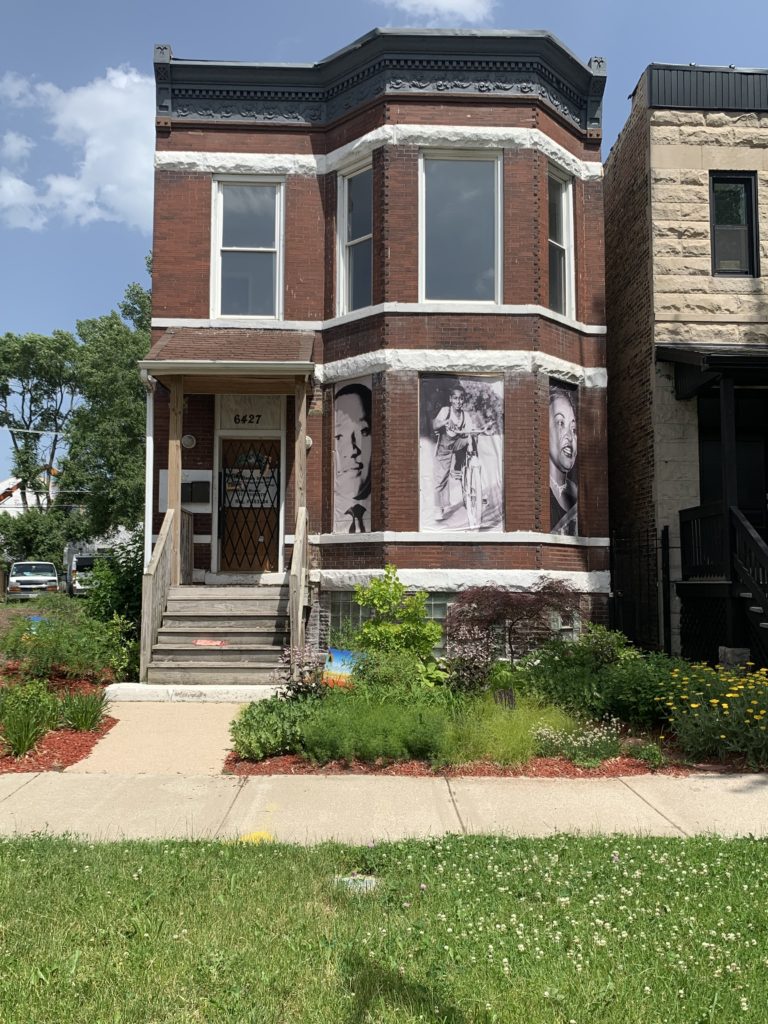
“We need to end the energy poverty that is decimating Black families in Chicago and throughout the country,” she said.
“Black households spend upwards of 12 percent to 20 percent of their income on energy. It is time for us to tell our own stories and celebrate who we are in this movement. Without the voices, dramatization, stories, we are lost and the generations that follow no longer have a blueprint.”
This environment report is supported in part by the Inland Press Foundation.

